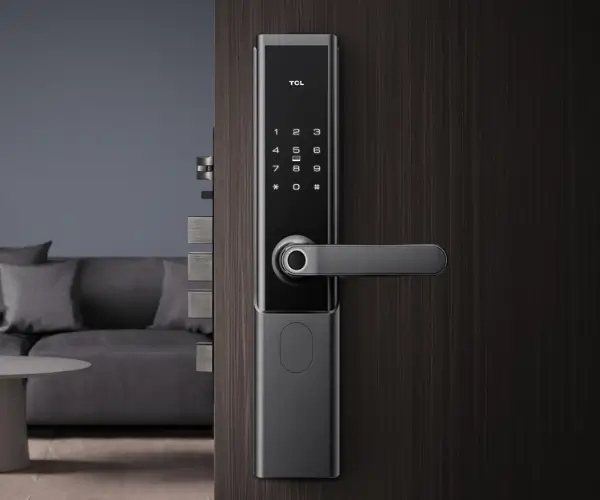In the captivating realm of mechanical engineering and automation, few components demonstrate elegance, efficiency, and adaptability quite like worm gears and stepper motors. These two elements, each with their unique advantages, come together in countless applications—from robotics to industrial machinery—fueling the relentless march toward precise, reliable, and efficient motion control.

The story begins with the worm gear—a marvel of gear design that embodies simplicity yet delivers extraordinary power transmission qualities. Typically shaped like a screw (the “worm”) meshing with a gear (“worm wheel”), this mechanism allows rotational motion to be transferred at a right angle, often with high gear ratios. What makes worm gears particularly compelling is their ability to provide significant friction-based torque multiplication, translating a small input effort into substantial output force.
Their operation is elegantly straightforward. When the worm rotates, the threads slide into the teeth of the worm wheel, causing it to turn. Because of the sliding contact involved, worm gears inherently provide high reduction ratios—sometimes as high as 300:1 or even more—with fewer moving parts. This makes them ideal for applications where space constraints, quiet operation, and positional stability are priorities.
But what truly elevates the worm gear’s status in gear design is its self-locking property. In certain configurations, the worm can turn the gear, but the gear cannot turn the worm. This one-way drive capability ensures that once a load is in position, it remains firmly held, making the worm gear a natural choice for lifts, presses, and other systems requiring holding torque without constant power.
Meanwhile, stepping into the world of motion control, the stepper motor is a powerhouse of precision. Unlike traditional motors that spin continuously, stepper motors move in discrete, predetermined steps—usually measured in degrees per step, such as 1.8° or 0.9°. This discrete movement allows for precise positioning without the need for feedback loops or encoders, although additional sensors can elevate their accuracy further.
A stepper motor’s core strength lies in its ability to convert electrical pulses directly into mechanical movement. Each pulse advances the rotor a fixed angle, leading to highly predictable and repeatable movement. This trait makes stepper motors indispensable in applications that demand exact positioning—3D printers, CNC machines, camera sliders, medical devices, and more.
The true magic of combining worm gears with stepper motors emerges when we examine their complementary qualities. The stepper motor offers controlled, incremental movement, ideal for applications requiring fine adjustments. The worm gear, on the other hand, provides high torque output and inherent load holding capability, turning the nimble stepper into a powerhouse capable of moving heavy loads with precision.
Imagine a robotic arm designed for delicate assembly. The stepper motor ensures each movement is exact, while the worm gear’s self-locking characteristic keeps the arm in position under load, avoiding undesired drift. Similarly, in industrial automation, integrating a stepper motor with a worm gear setup helps achieve a level of positional control and load retention that’s difficult to match with other gear-motor combinations.
Beyond their mechanical synergy, innovations in worm gear and stepper motor design continue to push the boundaries of what’s possible. Advanced materials, specialized lubricants, and refined manufacturing techniques have resulted in gear sets that run smoother, last longer, and operate more quietly. Meanwhile, stepper motors have seen improvements in efficiency and thermal management, allowing for longer operation in demanding environments.
The interplay between these two components also raises interesting considerations for engineers and designers. For example, choosing the right gear ratio affects torque, speed, and energy consumption. A high gear ratio might provide incredible torque but at the expense of speed, whereas a lower ratio favors faster movement with less force. Similarly, selecting the appropriate stepper motor size and stepping resolution depends on the application's precision requirements and load conditions.
In sum, the harmonious pairing of worm gears with stepper motors forms an elegant dance of power, control, and reliability. Whether illuminating how machines operate behind the scenes or inspiring innovations for tomorrow’s technological frontier, understanding how these components work together reveals the secret to unlocking precision in motion.
Kpower has delivered professional drive system solutions to over 500 enterprise clients globally with products covering various fields such as Smart Home Systems, Automatic Electronics, Robotics, Precision Agriculture, Drones, and Industrial Automation.




































